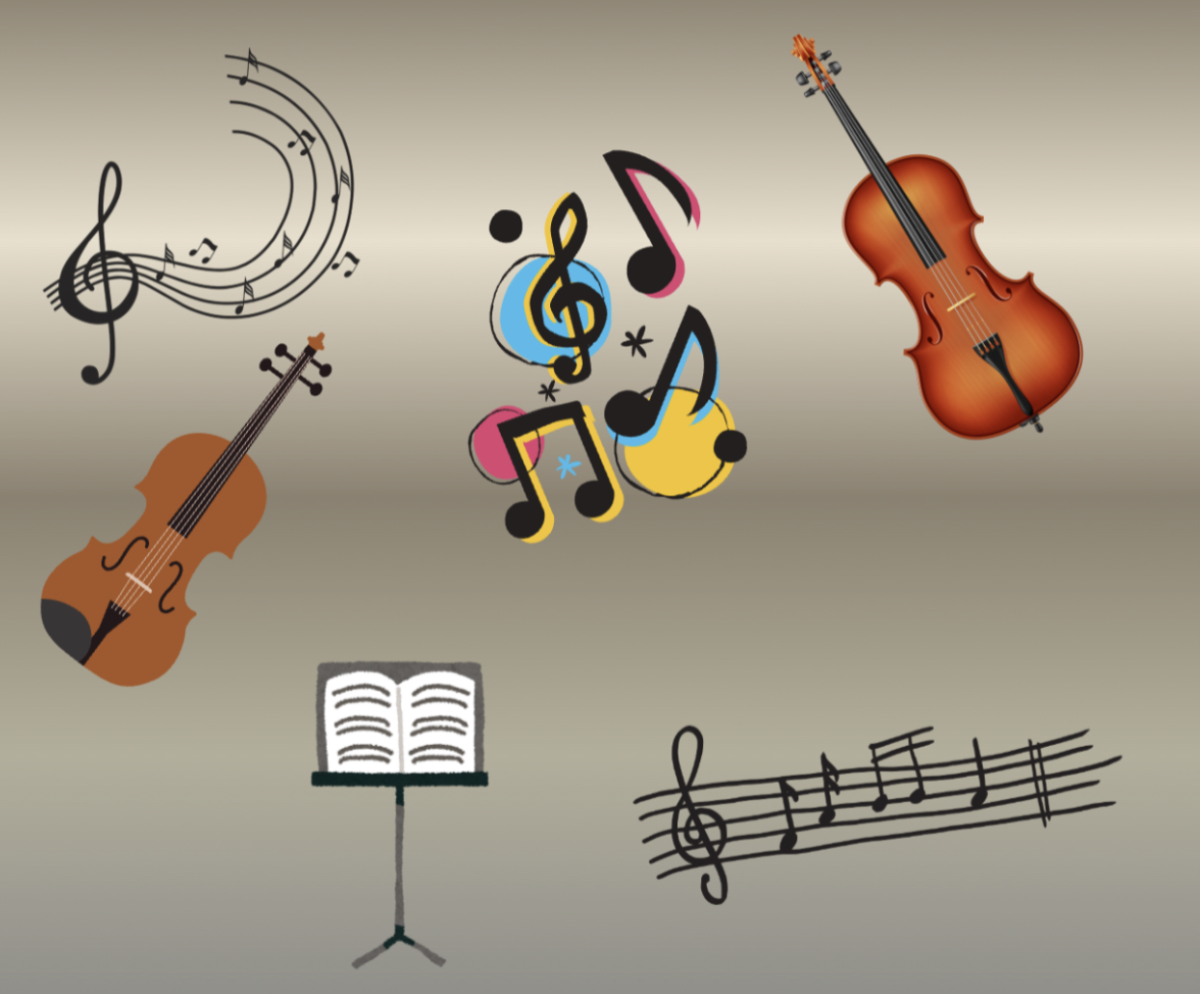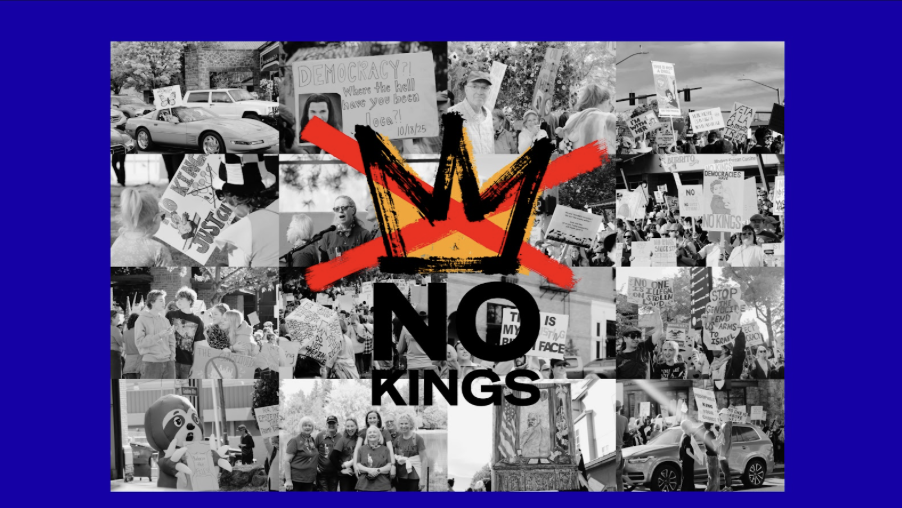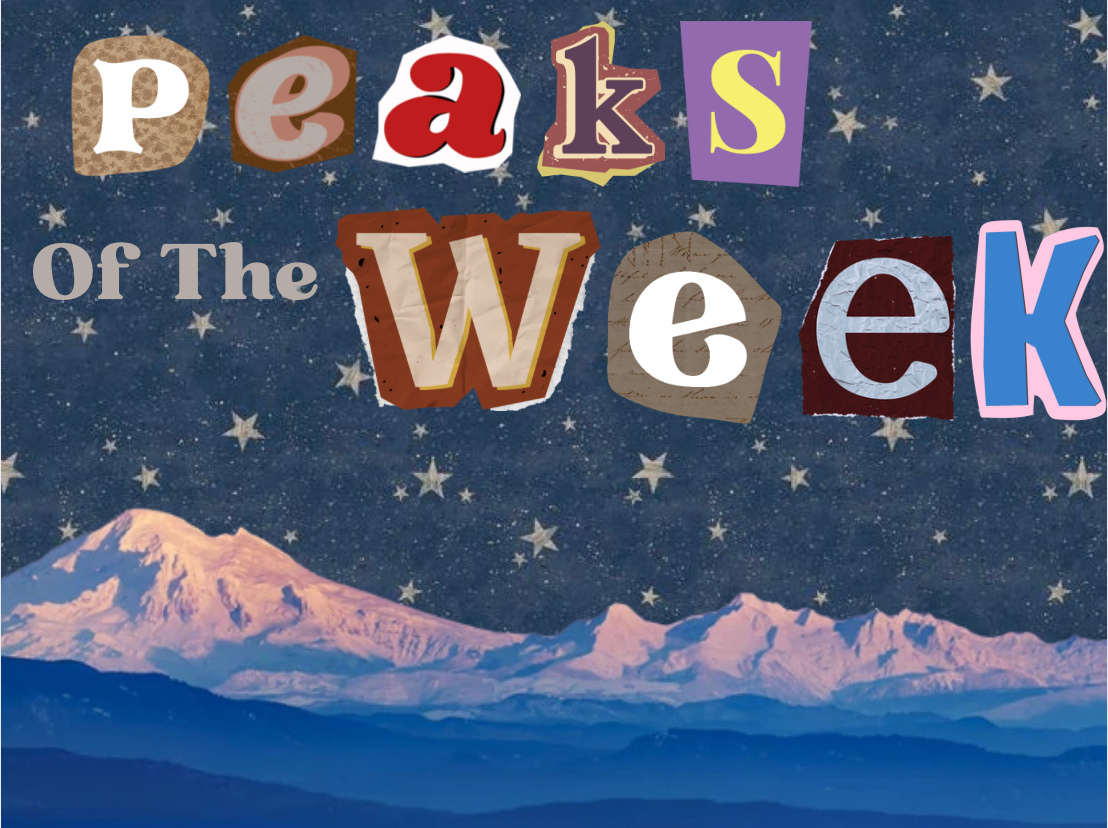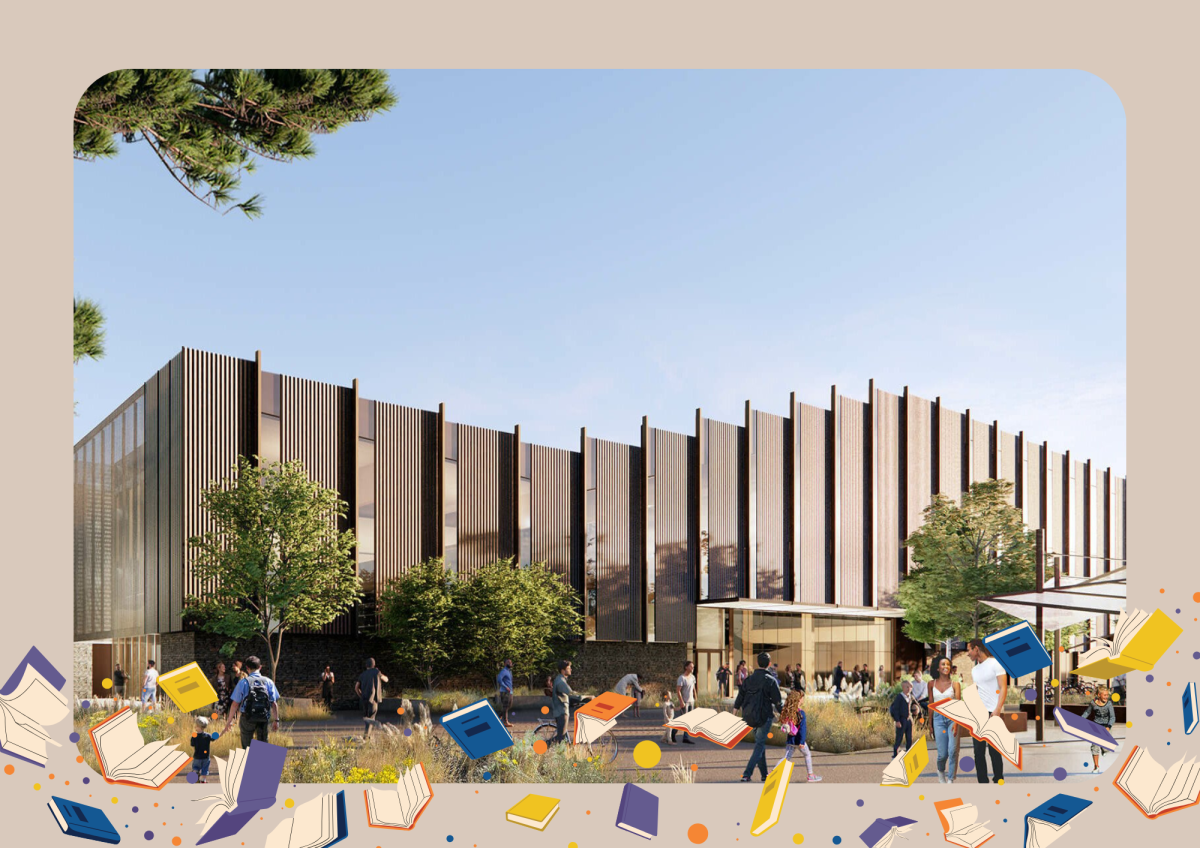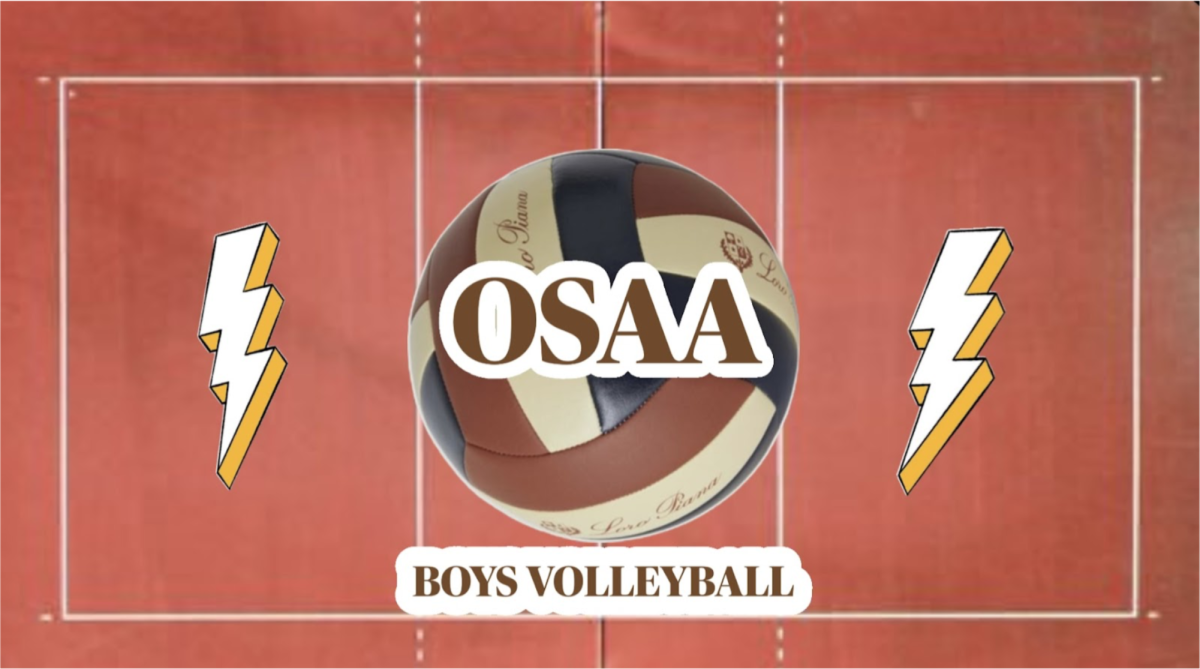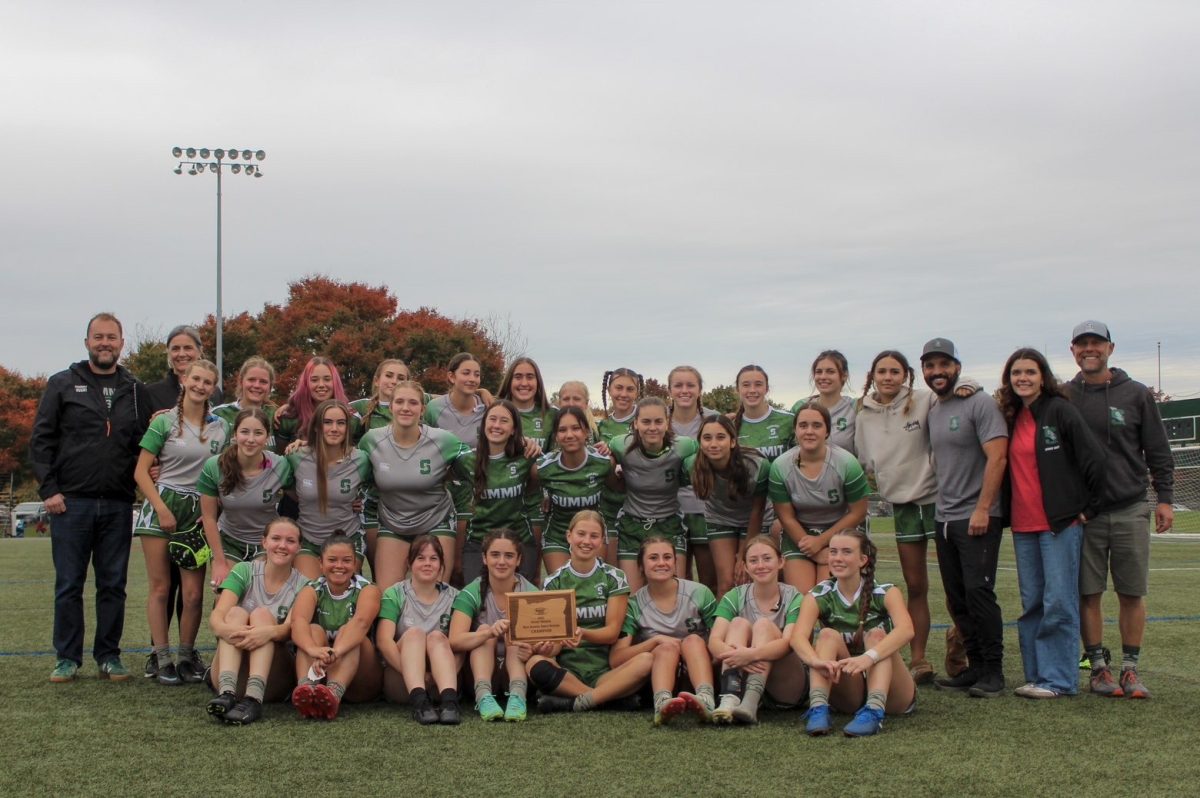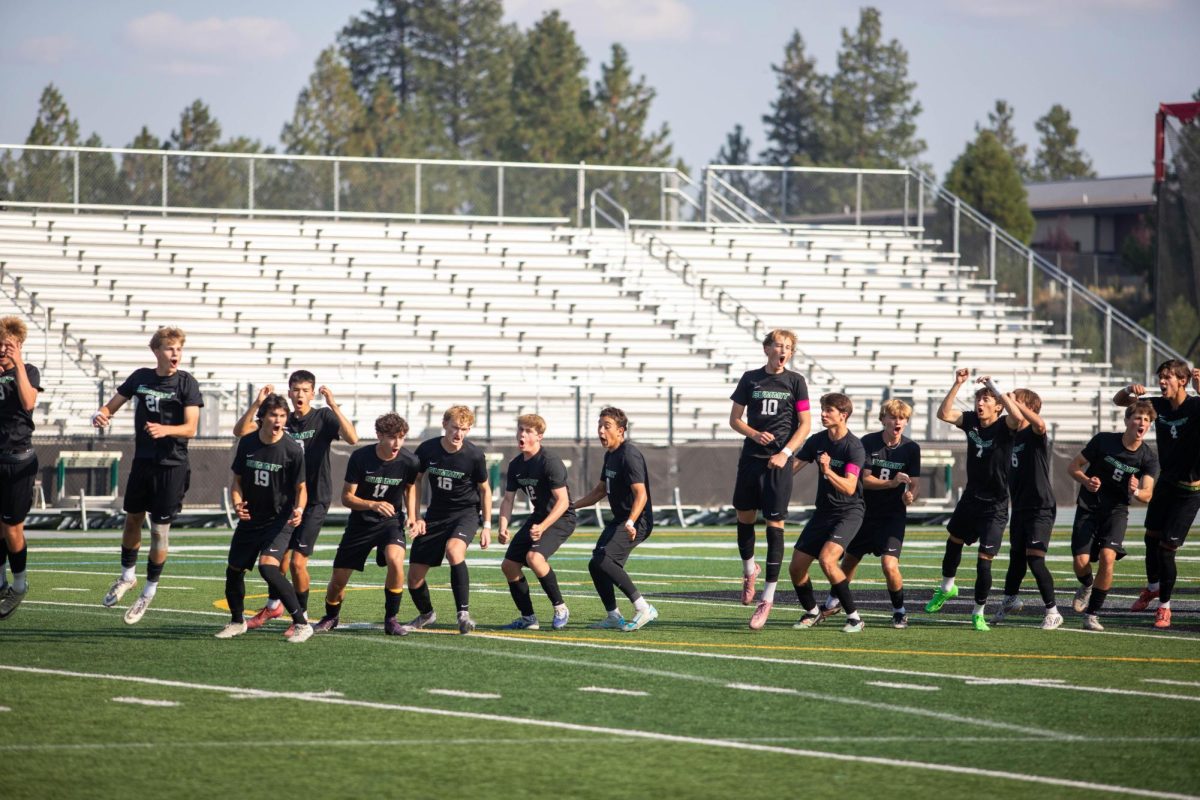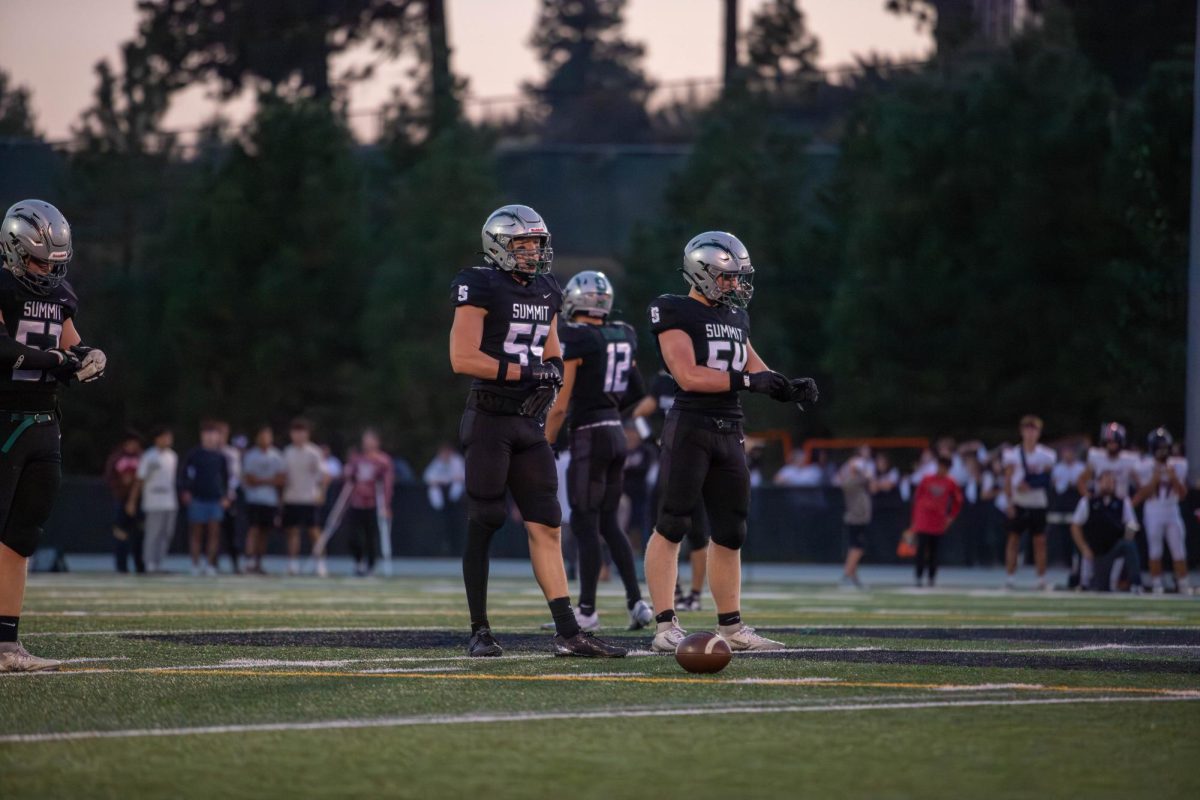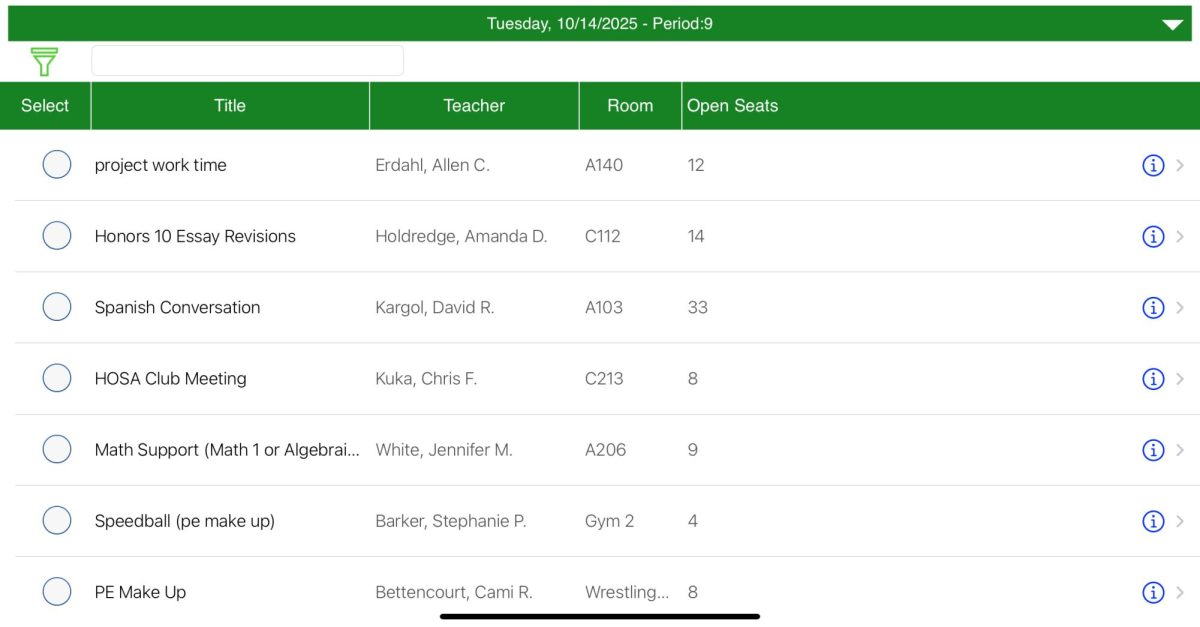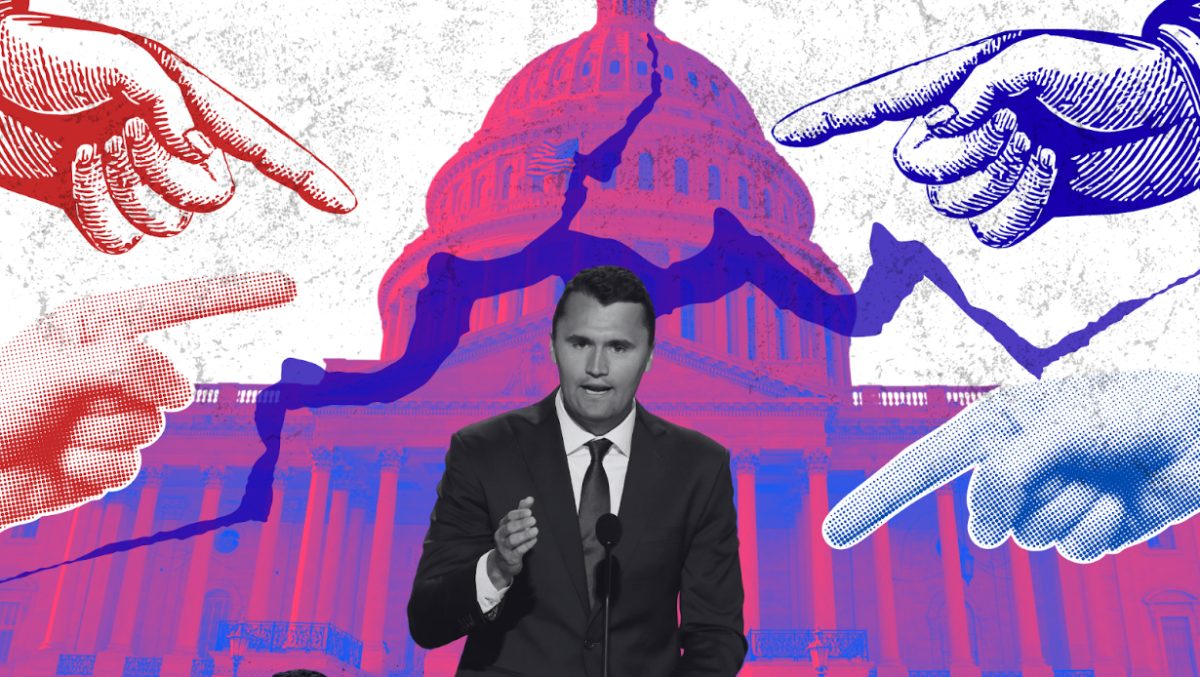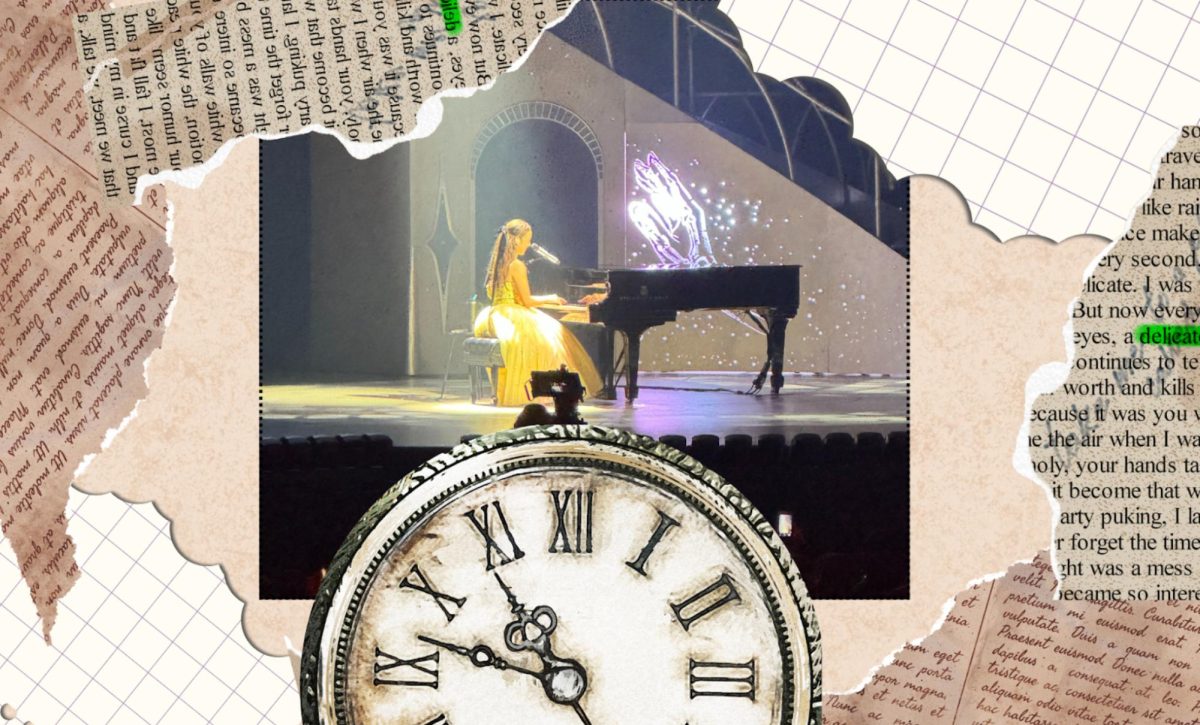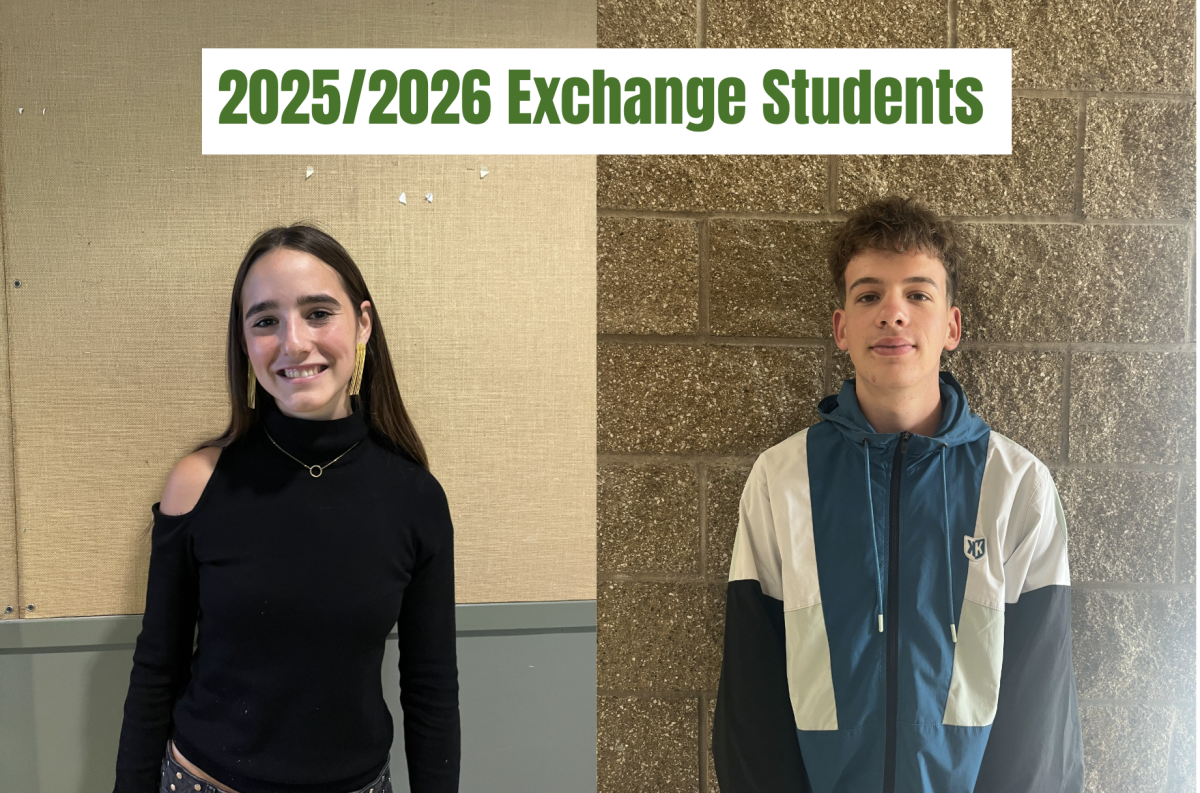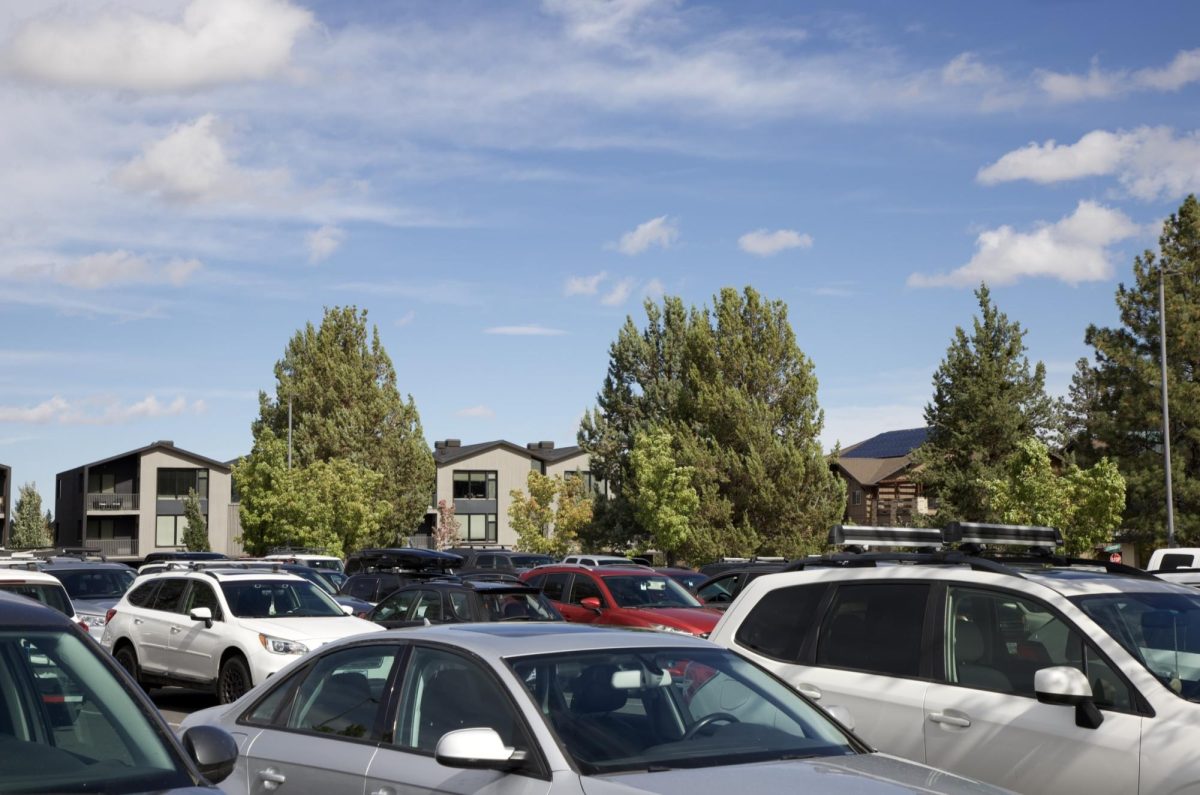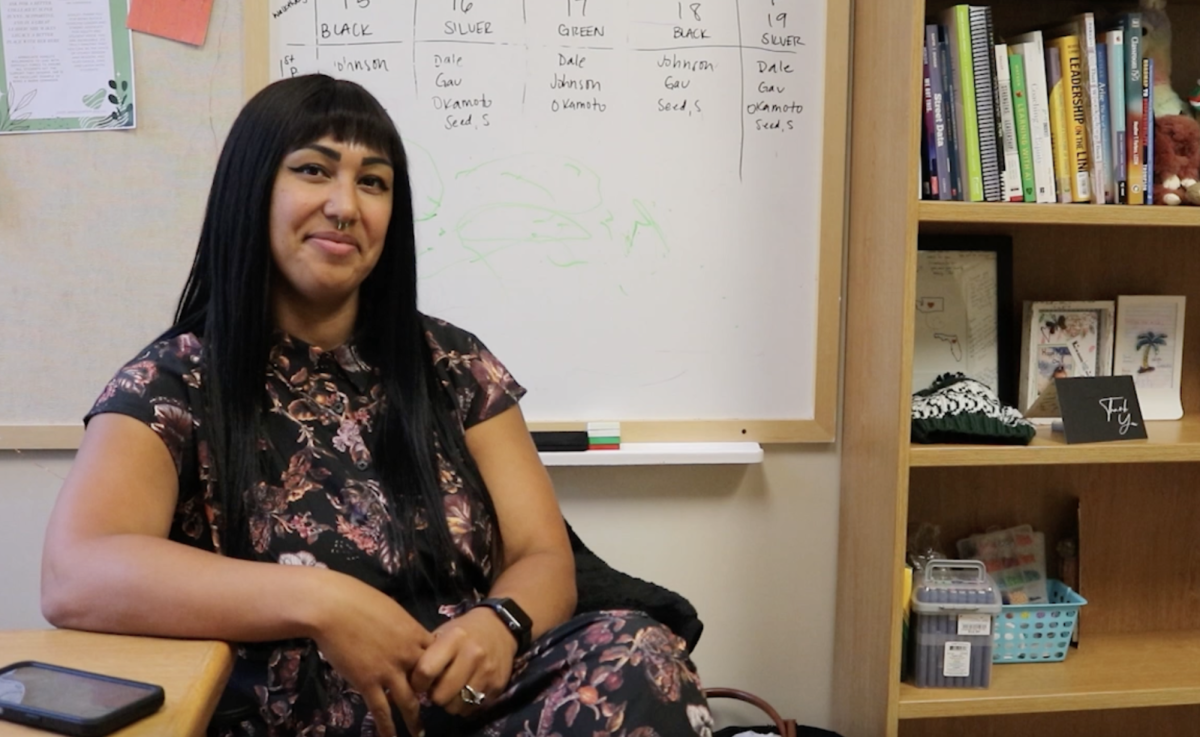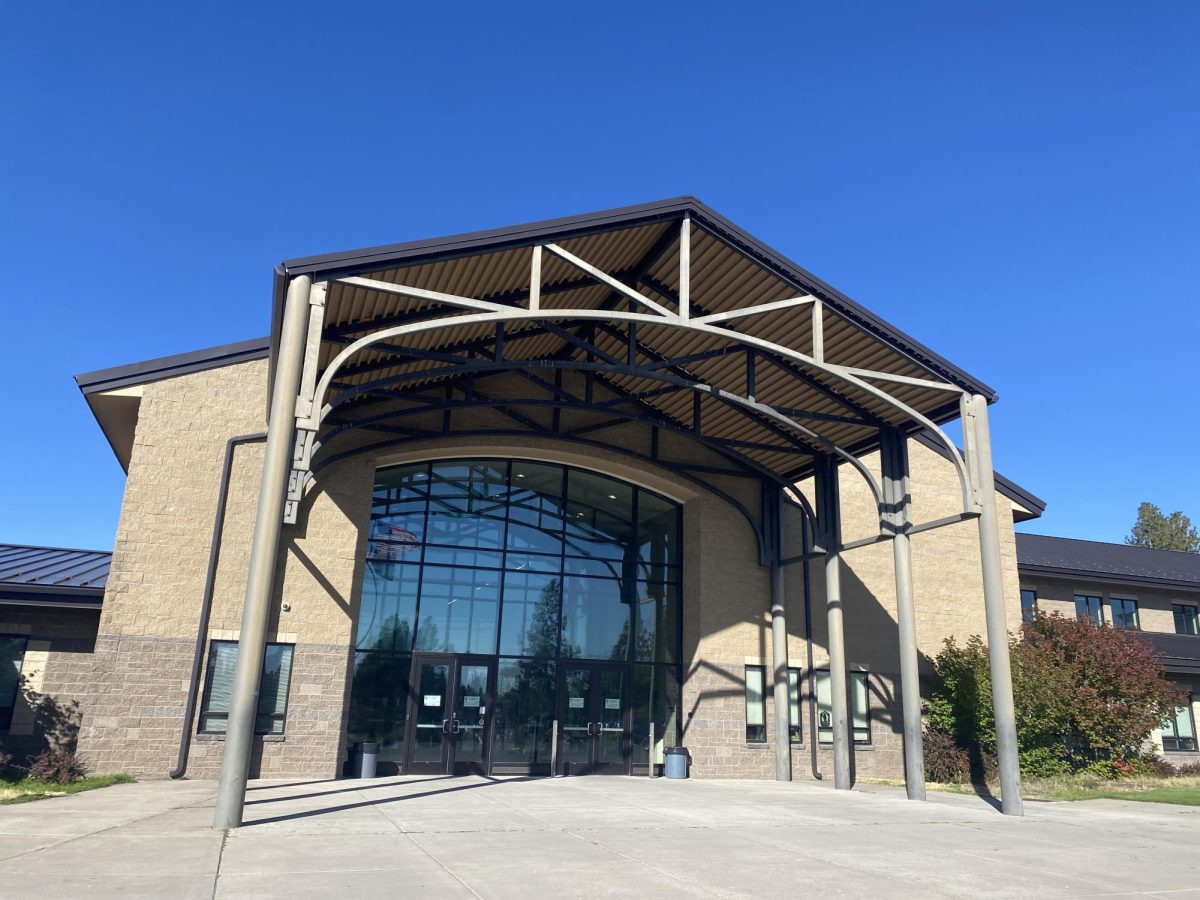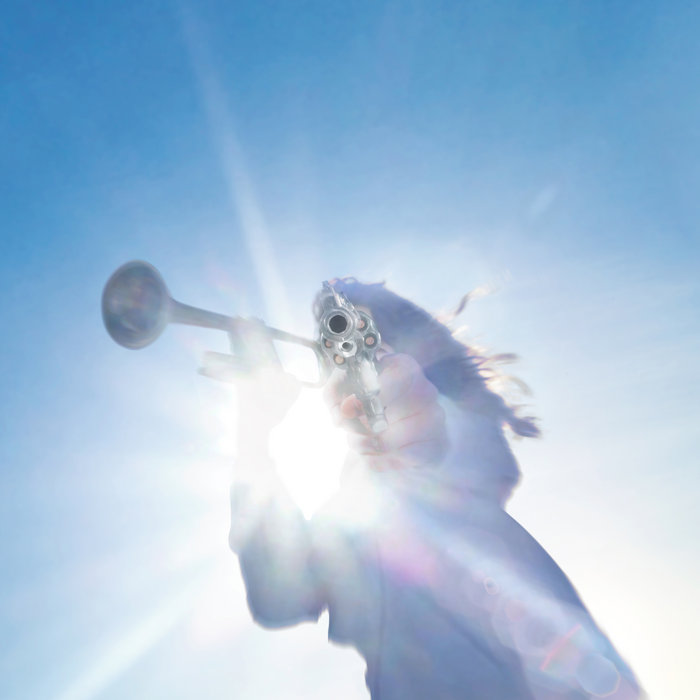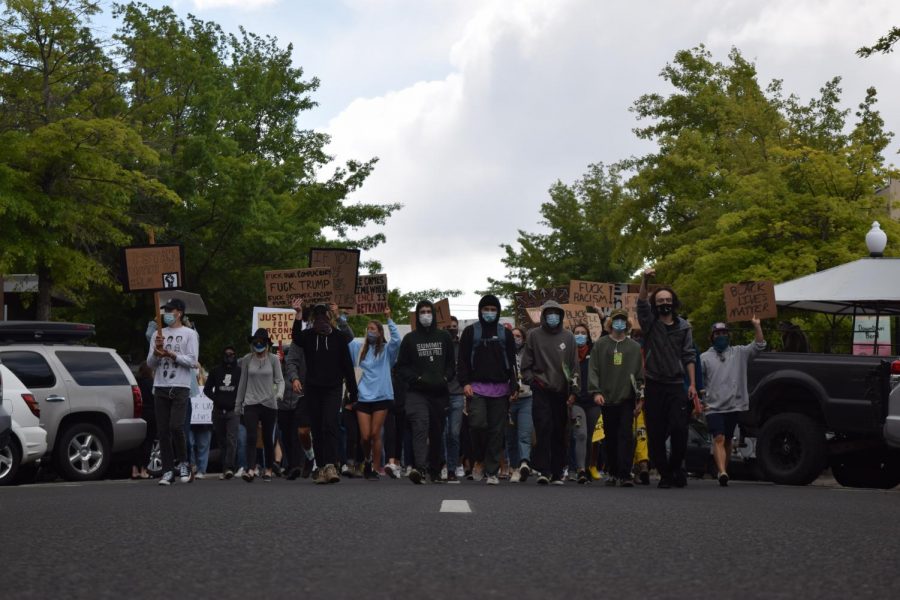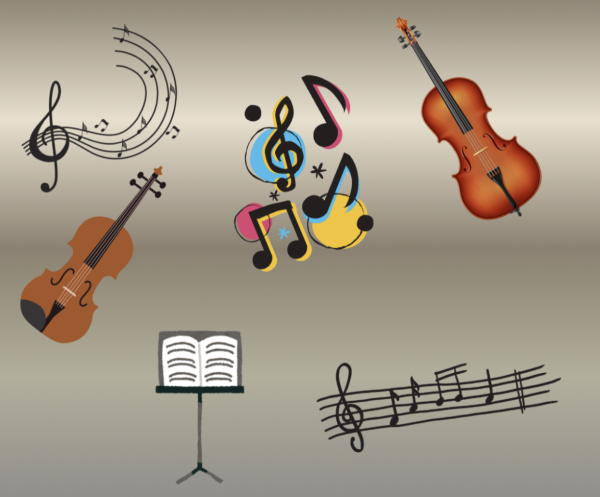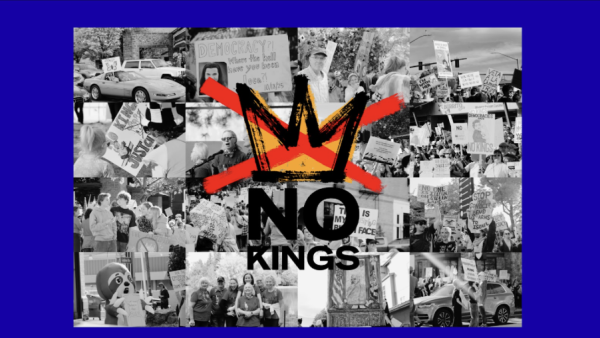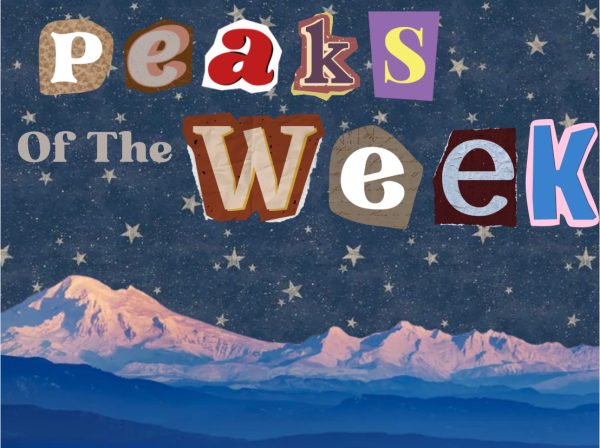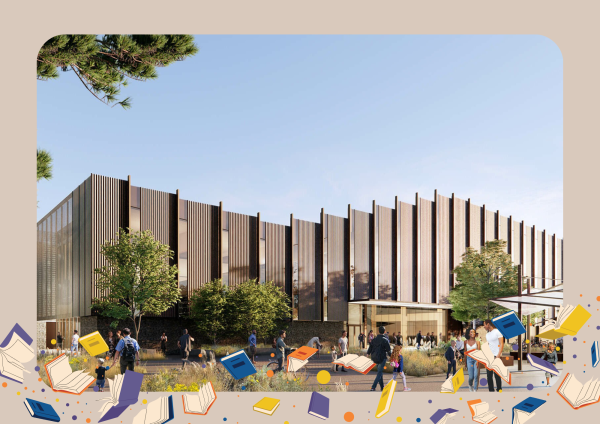Storm Activism: Why Are We Just Showing Up Now?
The halls of Summit High School are stereotypically packed with designer backpacks, the parking lot with polished cars, and the classrooms with wealthy students. In the past year, however, the students of Summit High School have taken off their custom Nikes for some down-to-earth Birkenstocks. Still ridiculously expensive, but somehow more welcoming.
Summit isn’t exempt from the boom of local activism over the past year. While Summit was home to some humanitarian related clubs before a summer marked by protest, such as Environmental Club and Interact Club, new clubs have gained traction amongst Summit’s population recently. Both the Diversity and Equity Club (formally known as Multicultural club) and the Social Justice Club have both established their presence this year—but why only now are students getting more involved?
Socioeconomic status plays an important role in empathy towards marginalized groups, and the wealth difference between students at Bend Senior High and Summit is clear, (local stereotypes set aside). According to the Bend LaPine School District’s data from May of 2020, approximately 33% of Bend High students qualify for free or reduced lunches, whereas only about 12% of Summit students do.
Mya Vinson, a junior at Bend Senior High School, sees this contrast in the high schools as well.
“In my personal experience, with the general wealthy population of students… comes some ignorance and insensitivity to social reform,” Vinson said.
This pronounced class unawareness at Summit was seen in a dispute earlier this year when the school district planned to send Bend teens back to in-person learning.
“I can remember a lot of conflict in relation to going back to school this year between Bend High and Summit students,” Vinson said. Summit seniors took to social media to express their concerns about returning to in person school—which got fairly heated.
“Some students wanted to go back to resume their athletics [Summit students] versus students that weren’t too fond of going back [Bend High students] because they couldn’t afford the risk of [families getting COVID],” Vinson said.
Regardless of a lack of empathy in the past, students at Summit are more involved than ever in activism this year. Jylan Maloy, foreign language teacher and advisor of the new Social Justice Club—which has over 40 participating members—says she thinks quarantine was the catalyst for students to realize their privilege and subsequently push for change.
“There was the George Floyd murder this [last] summer, and so much going on around the world that I think that’s what stimulated the conversation,” Maloy said.
According to Maloy, these new activsim clubs at Summit are rooted in deep interest and empathy—going very against the grain of how Bend continually views Summit High School. “[The Social Justice club] was actually one hundred percent student led,” Maloy said. “The kids were just truly fed up [with injustice] and had so much time on their hands during this pandemic, I think they started seeing things from a different perspective.”
The culmination of these efforts is seen in the recent student walkout on May 27th. During this approximately 35 minute peaceful protest, student speakers from the newly rebranded Diversity and Equity Club reviewed the progress made by the Summit community over the past year, while also calling for further change in the form of gender-neutral bathrooms, improved adherence to Summit’s zero tolerance policy around hate speech, and the creation of racism and sexism workshops. Over 250 students attended the event, marking a decided victory for the Diversity and Equity Club as well as for the entire Summit community.
Despite the clichés that taint the Summit halls with a pretentious glow, students at Summit are choosing to educate themselves and get involved in their community, regardless of wealth status.
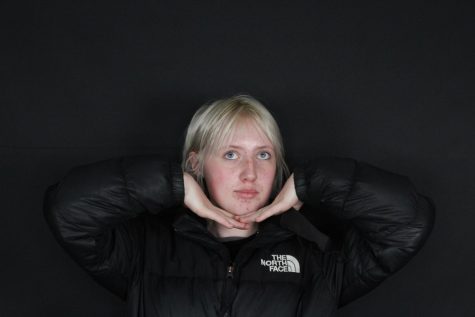
Emi Smart finds herself both senior and features editor at the Summit Pinnacle, thinking “well, how did I get here?”(As David Byrne says). When not procrastinating on homework or judging people’s...

